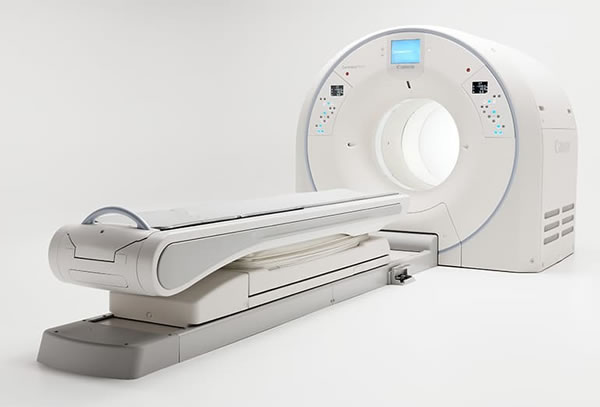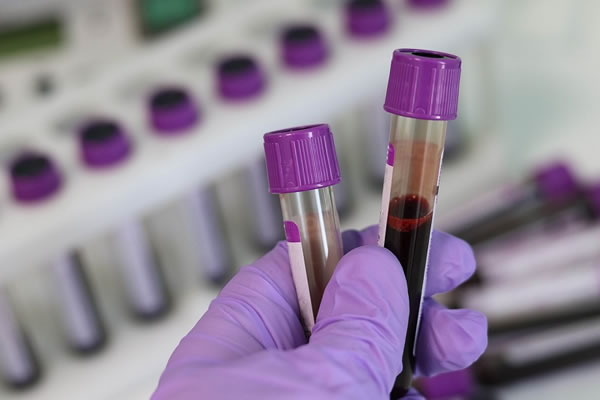The cancerous lump
What stage is it?
Once breast cancer is confirmed, we wish to know how much it has spread in the body. The lesser it has spread, the earlier is the stage. And earlier stages have a better outcome than later stages. This article is a little long, but I assure you, it will help you understand better. Please read on.
What exactly does 'spread elsewhere' mean?
The cells of a cancer are very 'loose'. And unlike, normal cells in the body, even a single cancer cell can keep multiplying non stop, wherever it may be. When a cancer is small, the number of cells is less and they remain 'clumped' together. But as the tumour grows, some of these 'loose' cells will disconnect from the tumour and the moment they come near lymphatic channel or blood vessel, they will enter it and go somewhere else and start multiplying there. The common organs to which a cancer cell can reach and multiply are - liver, lungs, bone and brain.
Breast cancer, of course, begins in the breast. Initially, it is a very small tumour, of the size of a 'grain of sand' (maybe a few millimeters) . Such small tumours usually do not spread. But slowly, over months or years, the tumour grows. First, usually, some cells may enter the 'lymph' and reach some lymph nodes in arm pit. But this is still treatable, as we can remove the tumour and the nodes in arm pit by surgery. The moment a cancer cell enters blood, it can just go anywere - liver, lung etc. It has been found, that as the size goes on increasing every centimetre above 1 centimetre, the chance that the tumour cells may be in the blood also keeps on increasing. But it's just not predictable. It depends on the type of tumour also. Sometimes, smaller tumours would have spread while larger ones wouldn't have.
Hence, in cancer patients, we do these staging tests, to find out if the breast cancer has reached the liver, lungs, bone, nodes and a few others places.
But how does this staging matter?
If cancer is limited to the breast and nodes in arm pit (and has not spread anywhere else), we can operate and remove those areas and give a good chance for a cure
If cancer has spread beyond the breast and nodes, to the liver, lungs, bones or other palces, surgery has no role and chance of cure is much less.
I counsel the above to my patients, and suggest them to undergo two different sets of tests, both of which will influence the treatment decisions. The tests are as follows:
Staging tests : To assess if the cancer is limited to the breast only or has it spread elsewhere
Fitness Tests : These are routine tests to tell us how fit the patient is, to undergo cancer treatment

